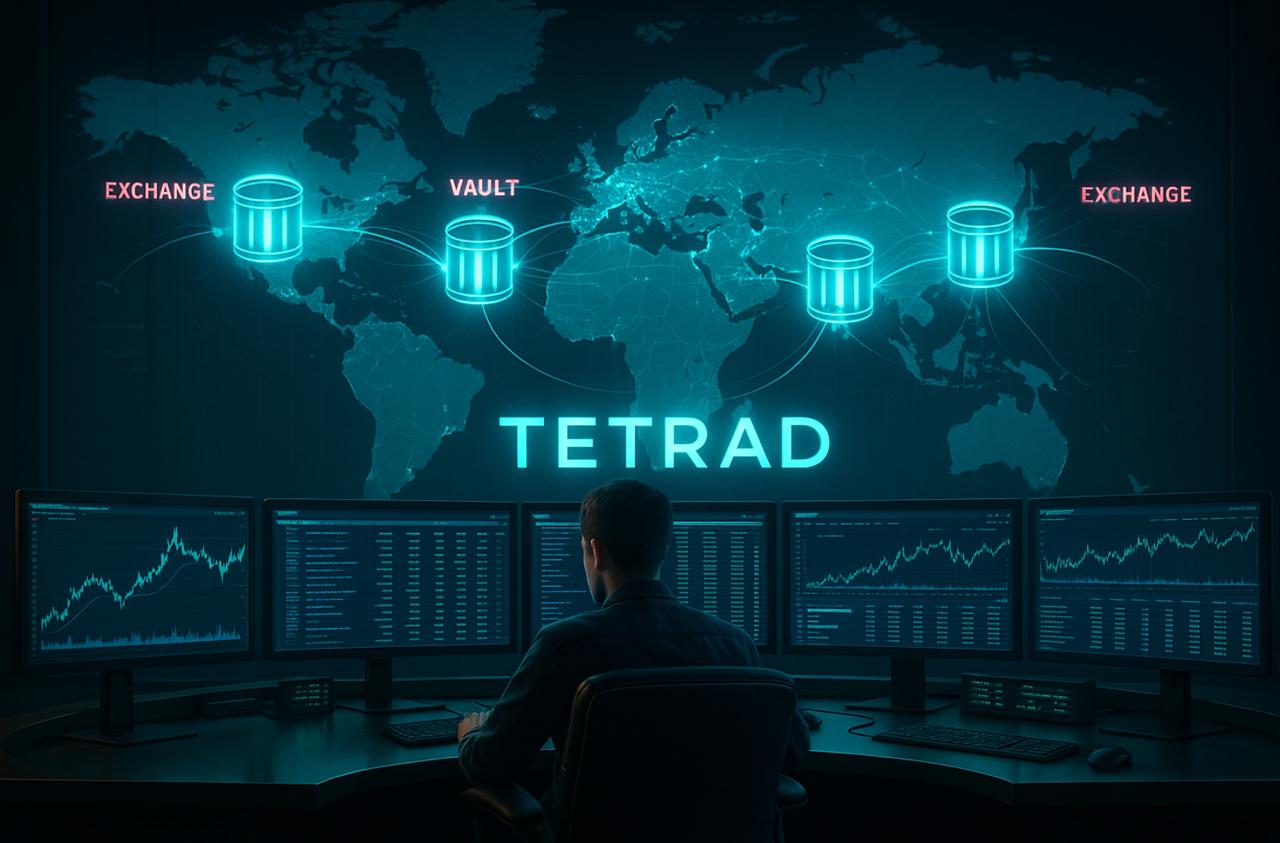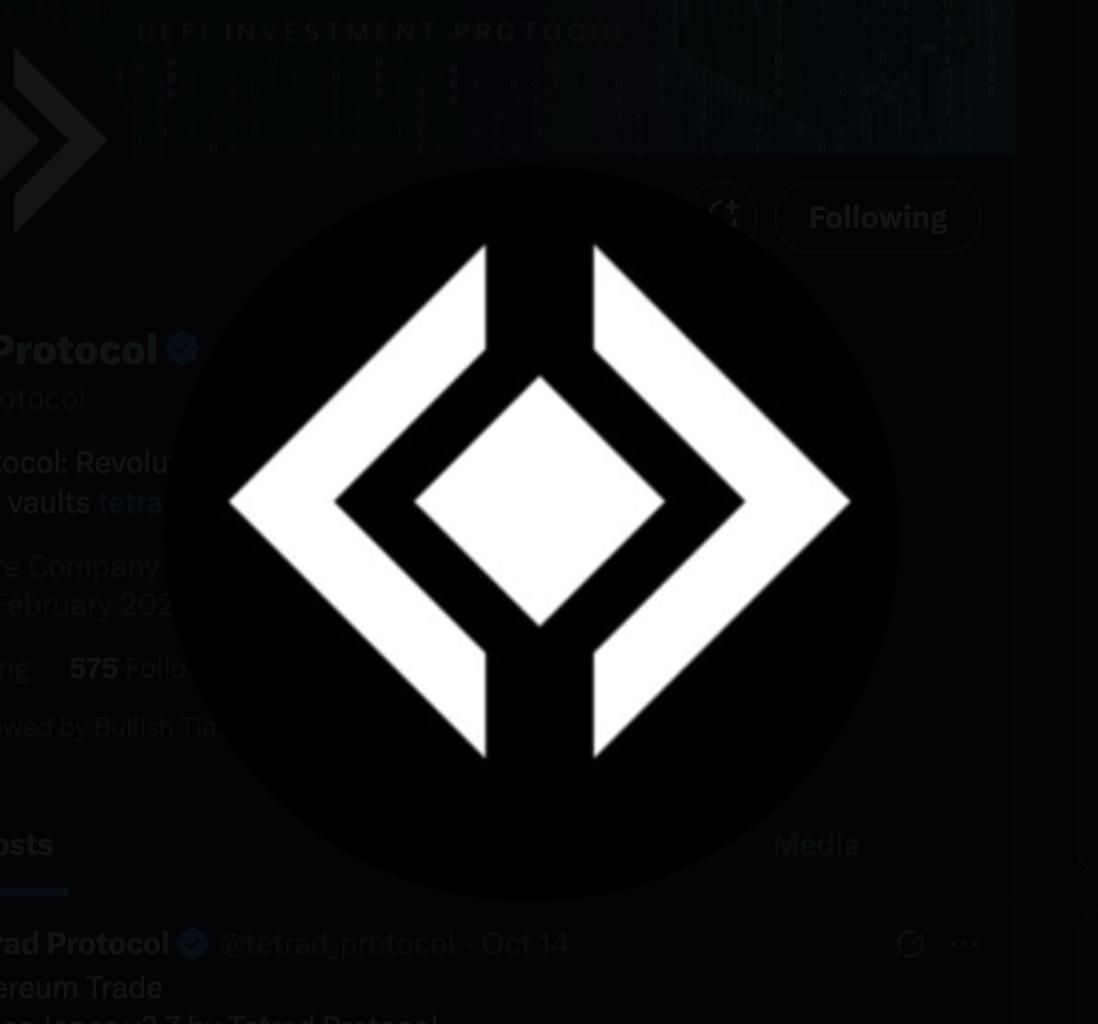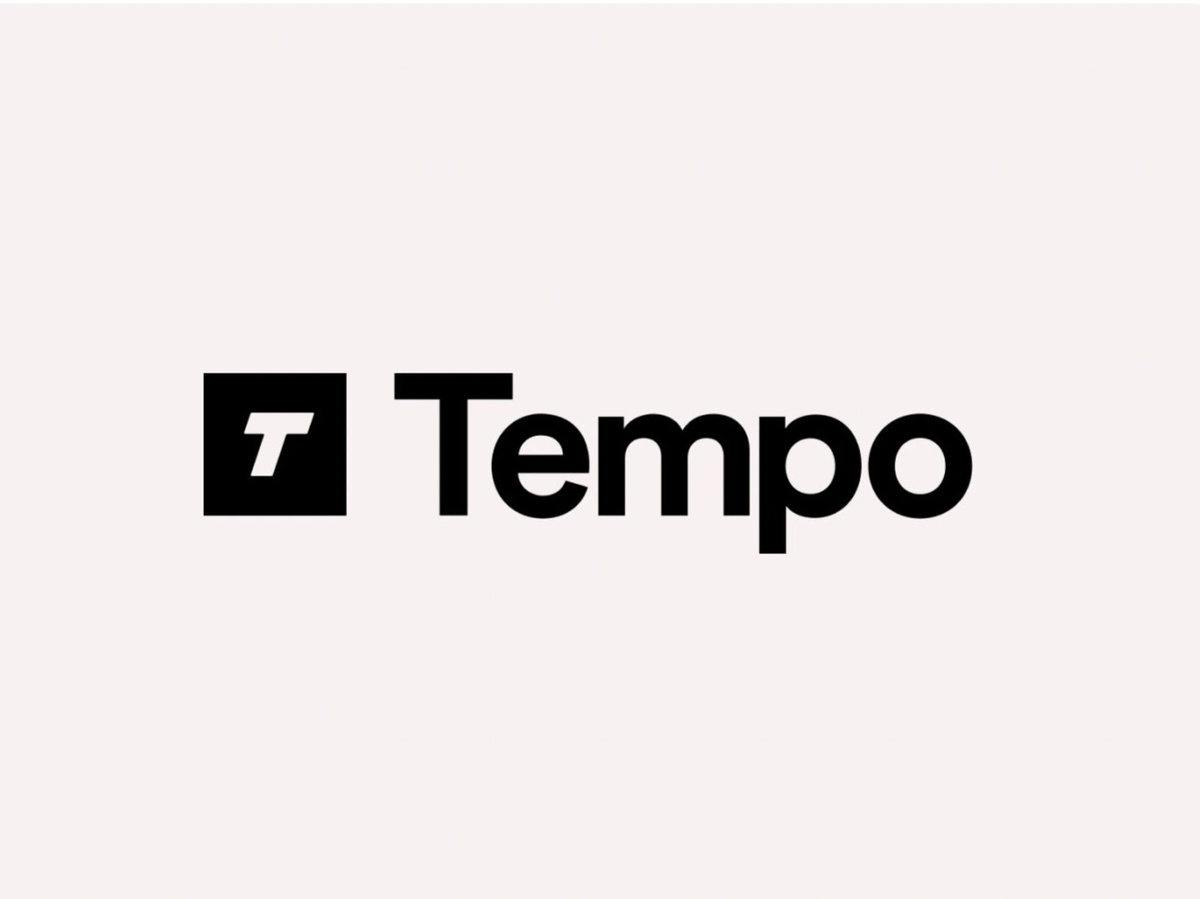Understanding Blockchain
Blockchain technology, also known as distributed ledger or crypto technology, has transformed the way assets are tokenized and traded. It provides a decentralized and secure platform for recording transactions across multiple computers. This revolutionary technology ensures transparency, immutability, and enhanced security in asset tokenization processes.
Significance of Interoperability
Enhanced Asset Accessibility
- The concept of interoperability in blockchain technology allows for the seamless transfer of assets across different blockchain networks. This means that real-world assets can be moved and traded more efficiently, enhancing their accessibility and liquidity.
- By enabling assets to flow across various blockchain platforms, interoperability opens up new avenues for a wide range of real-world assets to be tokenized and traded. This can include anything from real estate properties to precious metals, making these assets more accessible to a broader range of investors.
Interconnected Blockchain Ecosystems
- Interoperability fosters collaboration between diverse blockchain networks, creating a more interconnected ecosystem for asset tokenization. This interconnectedness paves the way for a more fluid movement of assets between different blockchains, breaking down barriers and silos that previously restricted asset transfer.
- As a result, this interconnected blockchain ecosystem not only expands the scope of asset tokenization but also encourages innovation and cooperation among various blockchain platforms. This collaboration can lead to the development of new financial instruments and investment opportunities that were previously inaccessible in traditional finance systems.
Axelar’s Role in Ecosystem Expansion
Axelar, an interoperability platform, plays a pivotal role in expanding the blockchain ecosystem by facilitating seamless cross-chain transactions. This technology enables the transfer of assets across different blockchain platforms, thus broadening the potential for real-world asset tokenization. By providing a cross-chain solution, Axelar contributes to creating a more interconnected and accessible landscape for various assets to be tokenized and traded.
In addition to facilitating cross-chain transactions, Axelar has integrated with the Celo ecosystem, introducing new tokenized assets such as Treasury bills and carbon credit pools. This integration significantly expands the range of assets available for tokenization and trading, further enhancing the accessibility and diversity of investment opportunities within the blockchain ecosystem.
Revolutionizing Finance
Opportunities for Investors
The advent of cross-chain interoperability has ushered in a new era of investment opportunities, particularly in the realm of tokenized real-world assets. This innovative approach to asset digitization provides investors with access to a broader range of assets and investment options that were previously confined within traditional financial systems.
By leveraging cross-chain interoperability, investors can now diversify their portfolios by gaining exposure to a wider spectrum of tokenized assets. These assets may include real estate properties, commodities, or even unique investment instruments such as carbon credits. As a result, investors can explore new avenues for wealth creation and risk management, thereby enhancing their overall investment strategies.
Impact on Traditional Finance
The integration of real-world assets with blockchain technology is poised to revolutionize traditional finance by offering novel pathways for asset tokenization and trading. This disruptive shift challenges the conventional methods of asset management and investment by introducing an entirely new paradigm for accessing and transacting with real-world assets.
Incorporating blockchain-based tokenization into traditional finance systems presents an opportunity to streamline processes, reduce transaction costs, and enhance liquidity. Moreover, it enables fractional ownership of high-value assets, making them more accessible to a broader base of investors. As a result, this transformation has the potential to democratize investment opportunities while simultaneously redefining the dynamics of traditional financial markets.
The Future of Blockchain Tokenization
As blockchain technology continues to evolve, the concept of cross-chain interoperability is set to redefine the landscape of asset tokenization. This innovative approach not only enhances the accessibility and liquidity of real-world assets but also fosters a more interconnected and collaborative ecosystem for blockchain networks.
Blockchain Revolution: The future of blockchain tokenization lies in the seamless interoperability and fluid movement of assets across diverse blockchain platforms.
With the integration of cross-chain interoperability, the potential for expanding the range of tokenized assets and investment opportunities within the blockchain ecosystem is boundless. This transformative shift has the capacity to shape the future of asset tokenization by democratizing access to a broader spectrum of real-world assets while promoting innovation and cooperation among interconnected blockchain networks.











